A reader named Discord_Inc asked a quick question about early-era Pokémon the other day, so I thought I’d take a look.
I was replaying Pokemon Red in honor of the series 20th anniversary when I noticed something. If you check the TV in the lower floor of your house it tells you a movie is playing with four boys walking along the railroad tracks. I realize now that’s supposed to be a reference to Stand by Me, which sort of fits in a weird way.
I was curious if the Japanese version also references Stand by Me or if it has a different coming of age file. I’m also curious what the film is in other regions, but that might be a better question to ask the comments.
Here’s a look at the text in question:
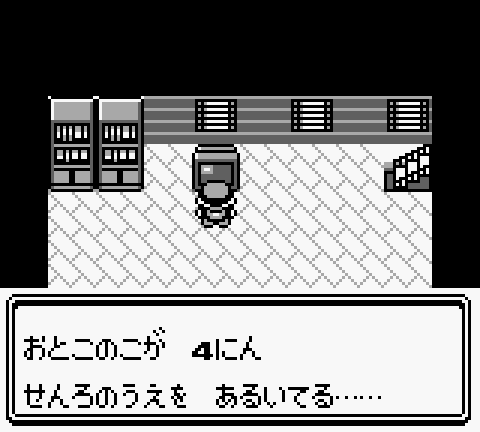 | 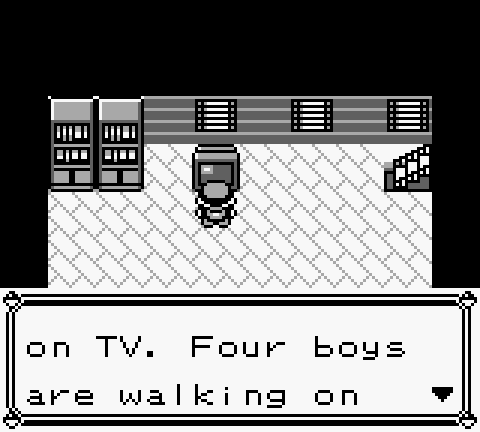 |
| Pocket Monsters Red Version (Game Boy) | Pokémon Red Version (Game Boy) |
And here’s the the text side-by-side for comparison:
| Japanese Version (basic translation) | English Version |
| There’s a movie playing on the TV! | There’s a movie on TV. |
| 4 boys are walking on a railroad track…… | Four boys are walking on railroad tracks. |
| …… I better get going too! | I better go too. |
So it looks like the Japanese text indeed references the railroad scene from Stand By Me too, rather than a different movie altogether.
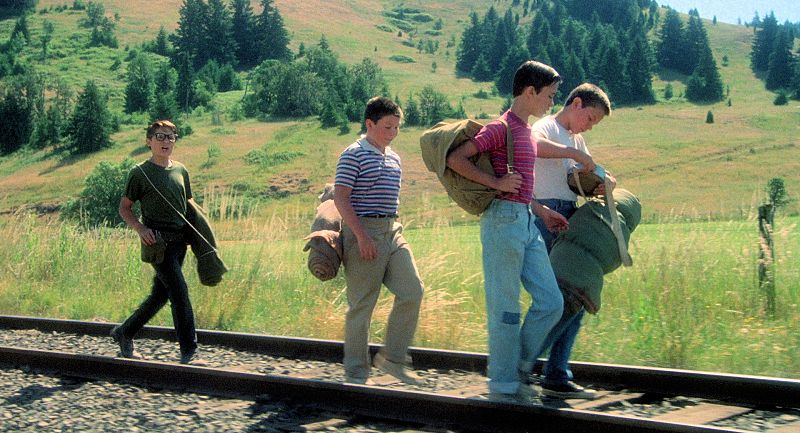 |
Stand By Me was such a big phenomenon in Japan that I kind of expected this to be the case. They even sold special versions of the movie so Japanese people could learn English!
 |
And it’s even permeated the Japanese boy band industry!
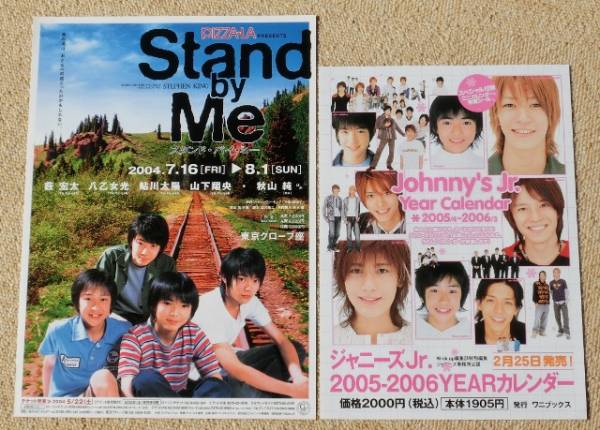 |
Getting back to games, off the top of my head I know that MOTHER for the Famicom referenced the movie too:
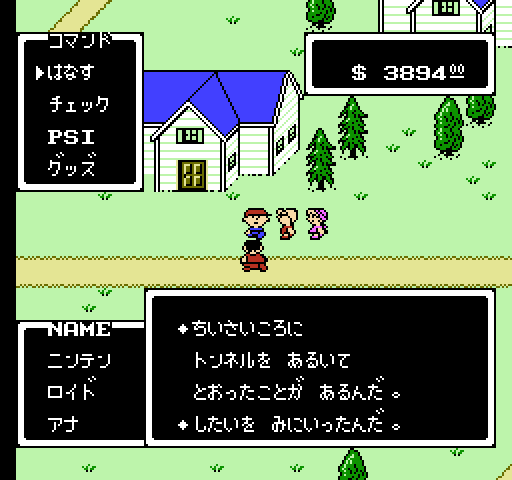 | 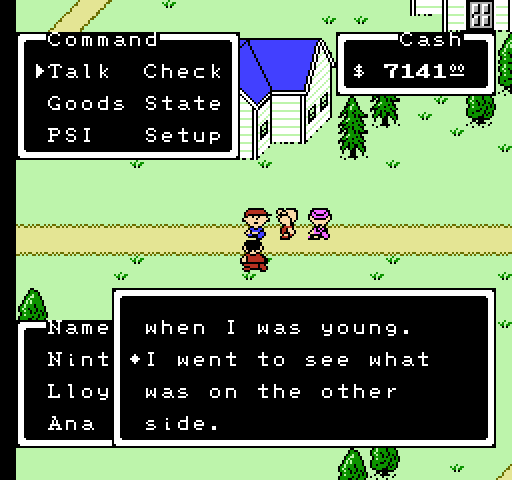 |
| MOTHER (Famicom) | EarthBound Beginnings (NES/Wii U) |
| Japanese Version (basic translation) | English Version |
| One time when I was little I walked through the tunnel. | I remember walking through the tunnel when I was young. |
| I went to see a dead body. | I went to see what was on the other side. |
I guess the removal of the dead body in the English text removed the Stand By Me reference though. But the point is that the movie has worked its way into Japanese culture in such an interesting way that I’d like to study it more myself.
You know, this gets me wondering what other Japanese games, movies, etc. might reference Stand By Me. For some reason I feel like there are plenty more, so if you know of any let me know!

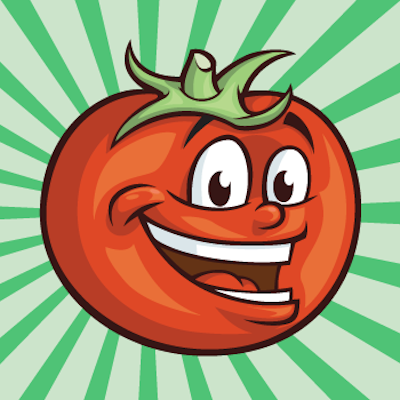
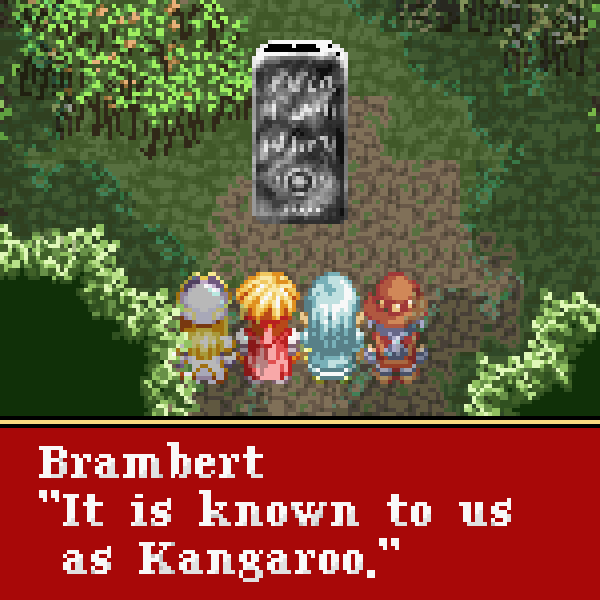
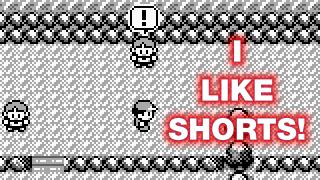
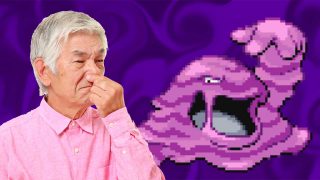
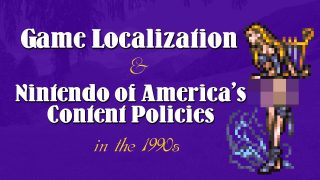
the remakes, firered/leafgreen, gave you the option to choose a female trainer. if you choose her, that particular line of text is replaced with a reference to the wizard of oz:
http://i.imgur.com/lm2cO09.png
http://i.imgur.com/n9SpAEu.png
http://i.imgur.com/7EWBsiF.png
is this reference also in the japanese version of the game?
Looks like that line is pretty much the same in Japanese, yeah.
(oh crap that was supposed to be a reply to serena’s comment above, sorry)
i see, thank you!
This refrence is also in pokemon ultra sun and moon
I’m not too surprised that the Japanese version referenced an American movie, since i’ve seen that kind of thing before in games and manga and such, but i find it kind of shocking just how popular this one particular American movie is over there.
In the French version, it says:
“Un dessin animé! Un petit garçon avec une queue de singe. Bon, j’y vais!”
It translates to:
“A cartoon! A little boy with a monkey tail. Well, I’m going!”
So it became a Dragon Ball reference instead!
This is actually a pretty good Woolseyism! Goku was forced into an adventure by a woman like Red was. (Bulma for Goku, and his mother for Red.) Not to mention Dragonball was very popular in France.
Red goes to see Oak because Oak asked him to come, not because his mother wanted him to.
The German version also references Stand By Me and the railroad scene.
Kinda off topic, but in retrospect I’m kinda surprised at how decent Pokèmon Red and Blue’s localization was. It’s stilted, but most of it is translated well and most of the Pokèmon names are legitimately great. For a Gameboy game you can’t ask for much better.
It was translated in the late 90s, at that time it had become the standard to give video games proper translations written by people actually fluent in English.
As for the Pokemon names, a number of them were so bad Gamefreak stopped allowing localizers to come up with names on their own after gen 2, instead supplying them with notes telling them what the localized name had to convey, wanting to avoid any more “Mr. Mime” and “Wobbuffet” nonsense.
One of the localizers for Pokemon up through Platinum version (Nob Ogasawara) mentioned that he didn’t have any control over the Pokemon names at the time, and even brought up the possibility of sequels introducing gendered Pokemon when talking about Mr. Mime.
Naturally they were horrified when indeed Gold/Silver came out and you could catch female Mr. Mimes. Whoops!
Yeah, Gamefreak were equally horrified the English localizers had come up with such a name, which is why they started supplying notes on what the names needed to be like. I know I’ve read a comment from the member of the localization team that came up with “Piplup” as Pochama’s English name that references internal notes from Gamefreak about what the name has to convey, though I don’t recall where.
This was gen 4, but the presence of names like “Wynaut” in gen 3 makes it pretty likely they started supplying such notes back then.
Found the comment:
http://www.siliconera.com/2012/09/28/funny-stories-of-pokemon-english-name-localizations/
“So, we had Piplup (Japanese name: Pocchama), and the description from Japan was: ‘the sound of a small pebble in the water’. That was what we had to come up with.” – Seth McMahill, Assistant Manager of Product Marketing at Nintendo
Is that why TPCI specifically tells licensees not to refer to Pokémon with gender-specific pronouns?
http://inlibdingcolor.tumblr.com/post/137466043768/rincewitch-artistickacchi-who-out-here
I’m fairly sure that’s because they want to market the Pokemon as species rather than individual characters.
In terms of the anime, the gender may not be entirely clear at first either, which means a dubber may end up guessing wrong if they try using a pronoun when the original dialogue didn’t have any.
It always did seem like one of those things that sound more natural in Japanese:
http://legendsoflocalization.com/qa-is-quina-called-she-in-japanese-too/
To an extent, yeah, but it’s clearly a editorial choice, and they DO occasionally use “kare” and “kanojo” about specific Pokemon.
It particularly stood out in an early summary for the Diancie movie posted on the movie’s official website that overused kanojo in reference to Diancie to such an extent it just felt unnatural.
While we’re on the topic of Pokémon, I’d like to ask about the protagonist of Pokémon Colosseum; in Japan his name is Leo, while in English his name is Wes. Might you have any idea why they changed it? I could understand changing Leo to something more exotic to preserve the effect the original audience had, but they changed a common English name to another common English name.
Perhaps the intent was to have a name related to Hollywood? Leonardo DiCaprio and Wesley Snipes or Wes Anderson are some of the easiest things to think of with these names.
Well, I do have one request to make. You know that one scene in Super Paper Mario where Fracktail goes berserk due to Dimentio? Yeah, it would be interesting to know what they did with the Japanese version of that scene. Especially interesting to know the amount of Japanese computer lingo they possibly put there…
This is a movie I’ve never seen, but as a kid some people at school would sing some silly “Stand by Me” song. If Japan’s interested in it though I guess I might have to learn a little about it.
It’s the quintessential childhood adventure movie, right up there with The Goonies and Escape to Witch Mountain. Any kid who hasn’t seen at least one of those at some point is literally a puppet! <– FACT
At the beginning of Pokémon Emerald, there is a GameCube in you room; examining it yields a description saying that a GameBoy Advance is connected to serve as the controller, but the sprite shows a GameCube controller. Was this inaccuracy present in Japanese?
Of course it is! The Japanese script reads this:
ゲームキューブが ある! GEEMUKYUUBU ga aru! (There’s a GameCube!)
コントローラの かわりに KONTOROORA no kawari ni (Instead of a Controller,)
ゲームボーイ アドバンスが つながってる! GEEMUBOOI ADOBANSU ga tsunagatteru! (a GameBoy Advance is hooked up!)
Watch one video of 《Did You Know Gaming》 series made me know Pokémon has “ GameBoy Advance is hooked up ” function, too. And comic JOJO also has 《 Stand by Me 》 refrence. My English is bad.
Final Fantasy XV just got a trailer including a cover of Stand By Me, showing off the four boys trought their journey. More influence from Stand By Me!
Oh man… I didn’t even think about it until now. The game opens and closes with a cover of “Stand By Me” and I initially thought it was a weird reference that seemed directly aimed towards western players, but now that I know that the movie was super popular in Japan, it makes more sense, and the reference doesn’t feel so much like misguided pandering at a specific audience.
Railroad tracks as a symbol of a coming of age journey does appear in a lot of anime, come to think of it. All thanks to this film, huh?